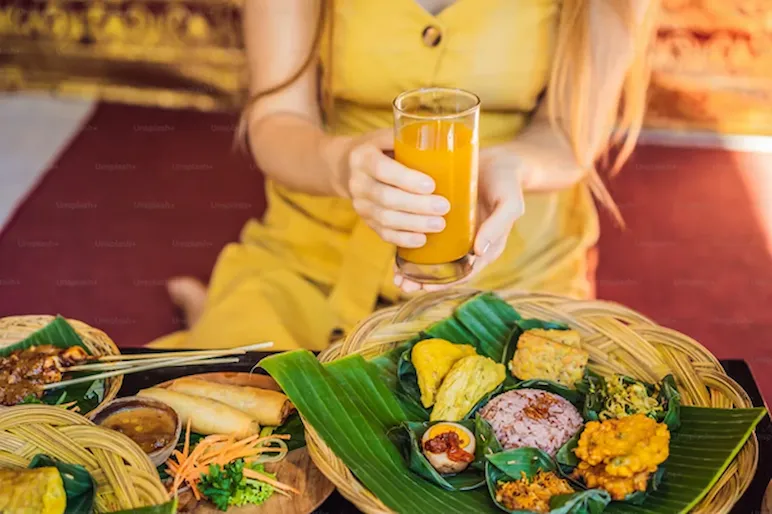Bali, the "Island of Gods," is globally celebrated for its vibrant Hindu traditions, stunning natural beauty, and warm hospitality. Less widely known, however, is the rich history of Islam in Bali, a narrative woven with threads of trade, migration, cultural exchange, and peaceful coexistence. This history, though often overshadowed by the dominant Hindu culture, offers a compelling story of harmony in diversity, demonstrating how different faiths can intertwine to enrich the social fabric of a community.
Less widely known, however, is the rich history of Islam in Bali, a narrative woven with threads of trade, migration, cultural exchange, and peaceful coexistence
Early Encounters and the Seeds of Islam
The story of Islam in Bali begins centuries ago, likely with the arrival of Muslim traders traversing the bustling maritime routes of the archipelago. From as early as the 14th century, these merchants established commercial ties with Balinese ports. They brought not only goods but also their faith, planting the initial seeds of Islam on the island. The Nurul Huda Mosque of Gelgel, considered the oldest mosque in Bali and among the first in Indonesia, stands as a powerful testament to this early presence. Located in Gelgel village, Klungkung, its history, intertwined with local lore of soldiers converting to Islam, underscores the faith's peaceful introduction and integration.
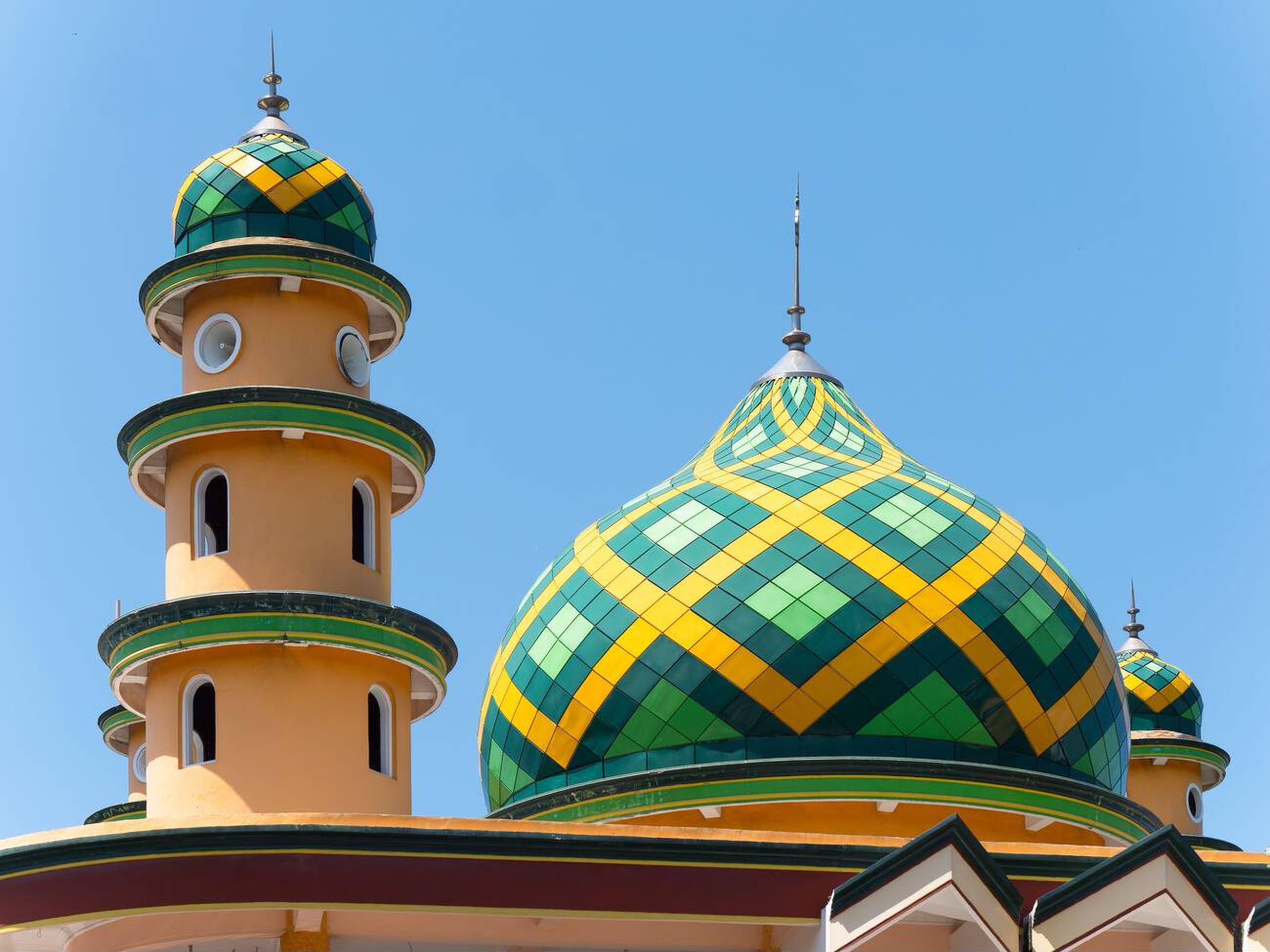
Another theory points to the influence of the powerful Majapahit kingdom, which, while predominantly Hindu, also had Muslim subjects within its realm. Some historians believe that these Muslims, perhaps administrators or soldiers, accompanied Majapahit expeditions to Bali and subsequently settled on the island, contributing to the nascent Muslim community. The existence of the Gelgel Mosque in Klungkung, believed to date back to the 15th century, stands as a testament to these early connections and the establishment of a formal place of worship.
A Mosaic of Communities: Bugis, Sasak, and Javanese Influences
The growth of Islam in Bali was not a monolithic process. Different ethnic groups, each with their unique cultural and religious practices, contributed to the diverse mosaic of Muslim communities on the island. The Bugis, skilled seafarers and traders from South Sulawesi, established coastal settlements, particularly in areas like Singaraja and Negara. Their maritime expertise and commercial acumen made them valuable partners in Bali's thriving trade networks.

The Sasak people, originally from neighboring Lombok, also played a significant role. Brought to Bali under the rule of Balinese kings, they carried with them a syncretic form of Islam, blending Islamic tenets with local traditions. This unique blend of faith and culture further enriched the religious landscape of Bali. Later, Javanese communities, particularly during the Dutch colonial era, added another layer to this mosaic, bringing their own distinct interpretations of Islam, ranging from the more mystical "abangan" tradition to a more orthodox form influenced by coastal trade networks.
Cultural Exchange and the Spirit of Tolerance
Perhaps the most remarkable aspect of Islam in Bali is the long history of peaceful coexistence and cultural exchange between Muslims and Hindus. Despite differences in faith, the two communities have generally lived side by side in harmony, respecting each other's traditions and participating in shared social and cultural events. This spirit of tolerance is exemplified by traditions like "ngejot" or "megibung," where Muslims and Hindus share food during religious festivals, symbolizing mutual respect and communal unity.
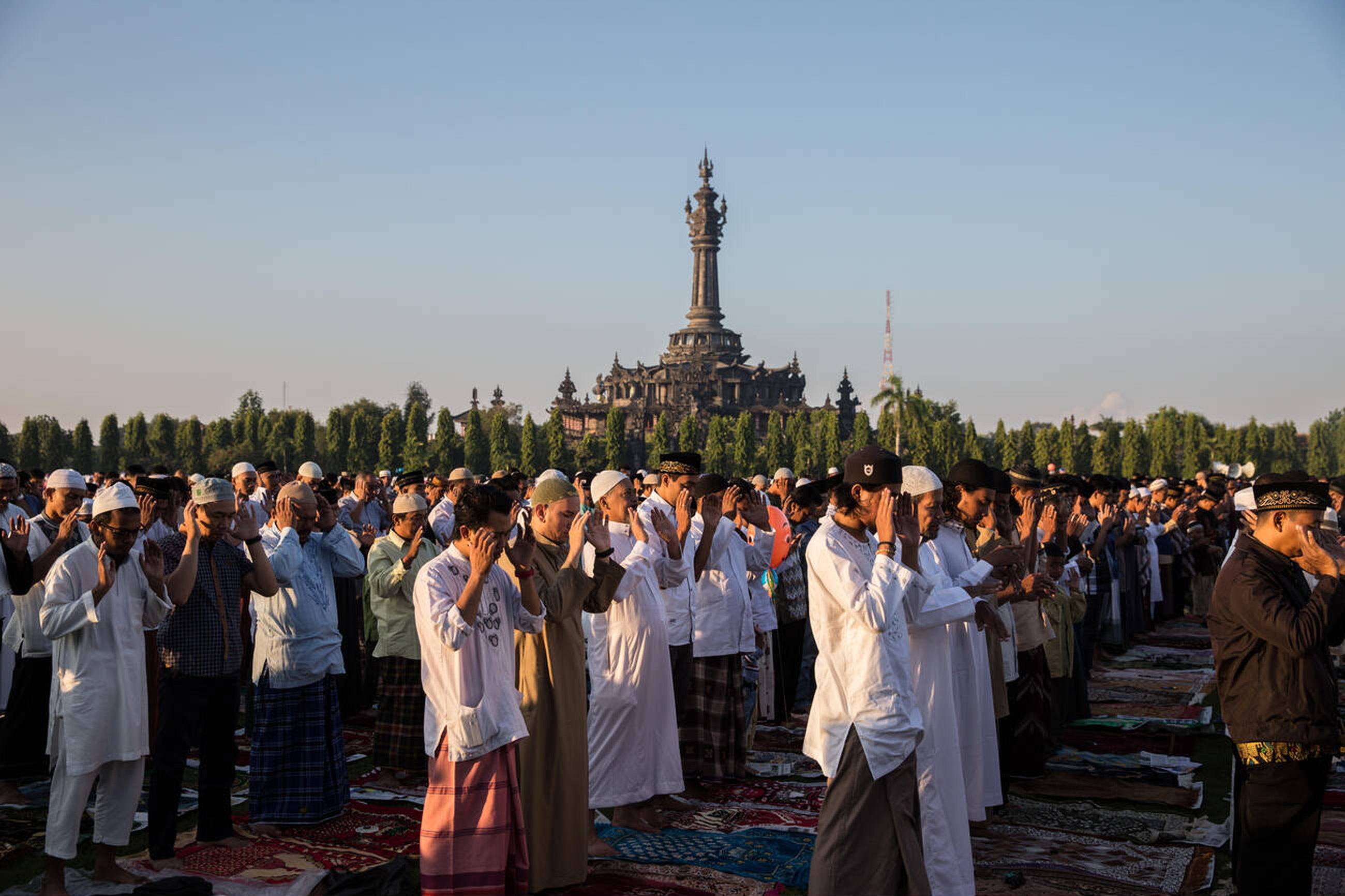
This spirit of tolerance is not simply passive coexistence. It involves active engagement and exchange. Muslims have contributed to Balinese arts and culture, incorporating Islamic motifs and perspectives into traditional forms like gamelan music and dance. Likewise, Balinese cultural influences have shaped the expression of Islam in Bali, creating a unique and localized form of Islamic practice.
Challenges and the Path Forward
While the history of Islam in Bali is largely a story of harmony, the community has also faced challenges. Like many minority groups, Balinese Muslims have had to navigate issues of identity, representation, and access to resources. The forces of globalization and modernization have also brought new influences, sometimes challenging traditional practices and fostering internal diversity within the Muslim community itself.
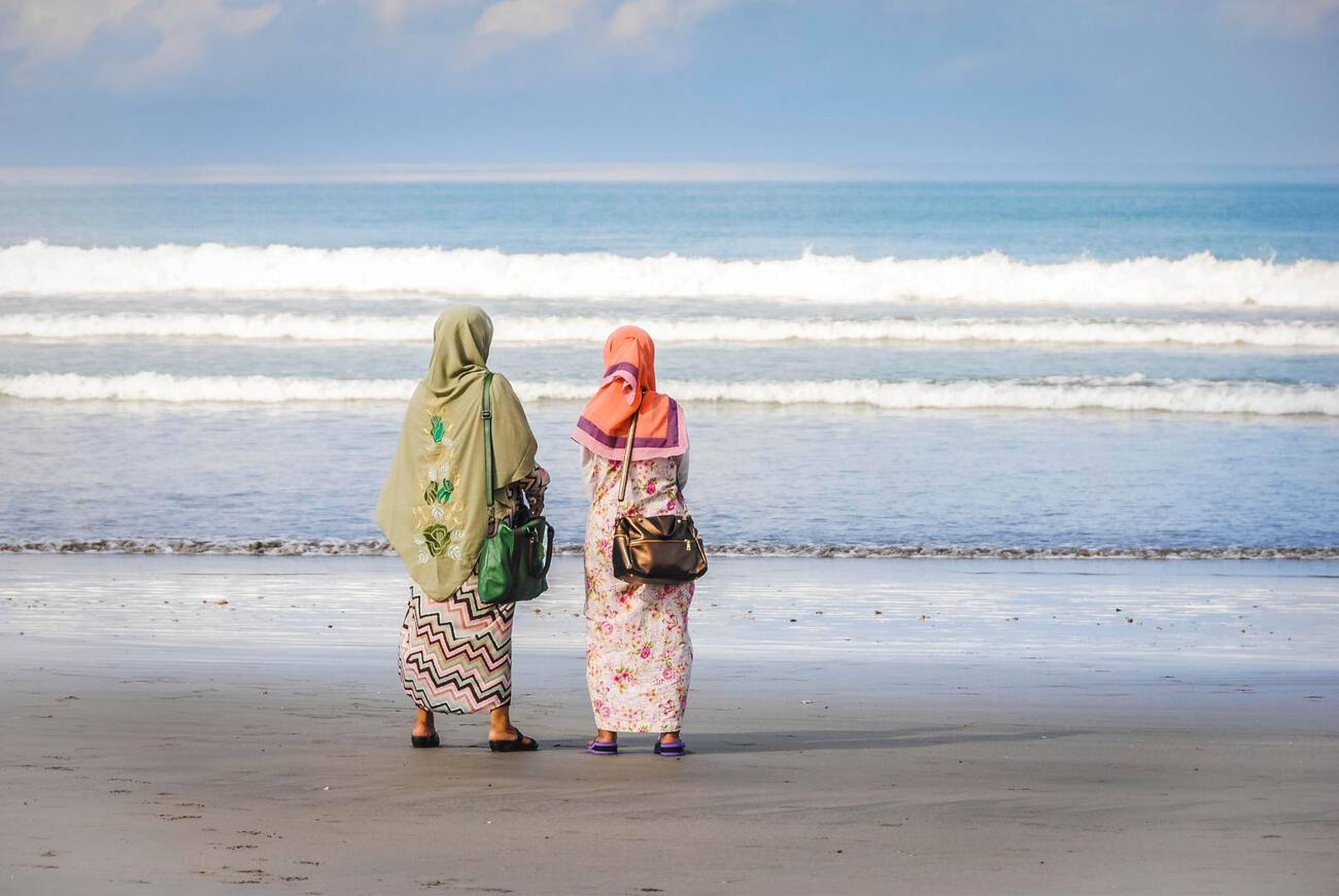
Despite these challenges, the Muslim community in Bali continues to thrive, contributing to the island's economic, social, and cultural life. They have established educational institutions, social organizations, and businesses, playing an active role in Balinese society. The path forward lies in continuing to nurture the spirit of tolerance and mutual respect that has characterized the relationship between Muslims and Hindus in Bali for centuries. By embracing diversity and fostering dialogue, the island can continue to be a beacon of harmony, where different faiths and cultures coexist and enrich one another. The story of Islam in Bali is a testament to the power of understanding and the enduring strength of shared humanity.



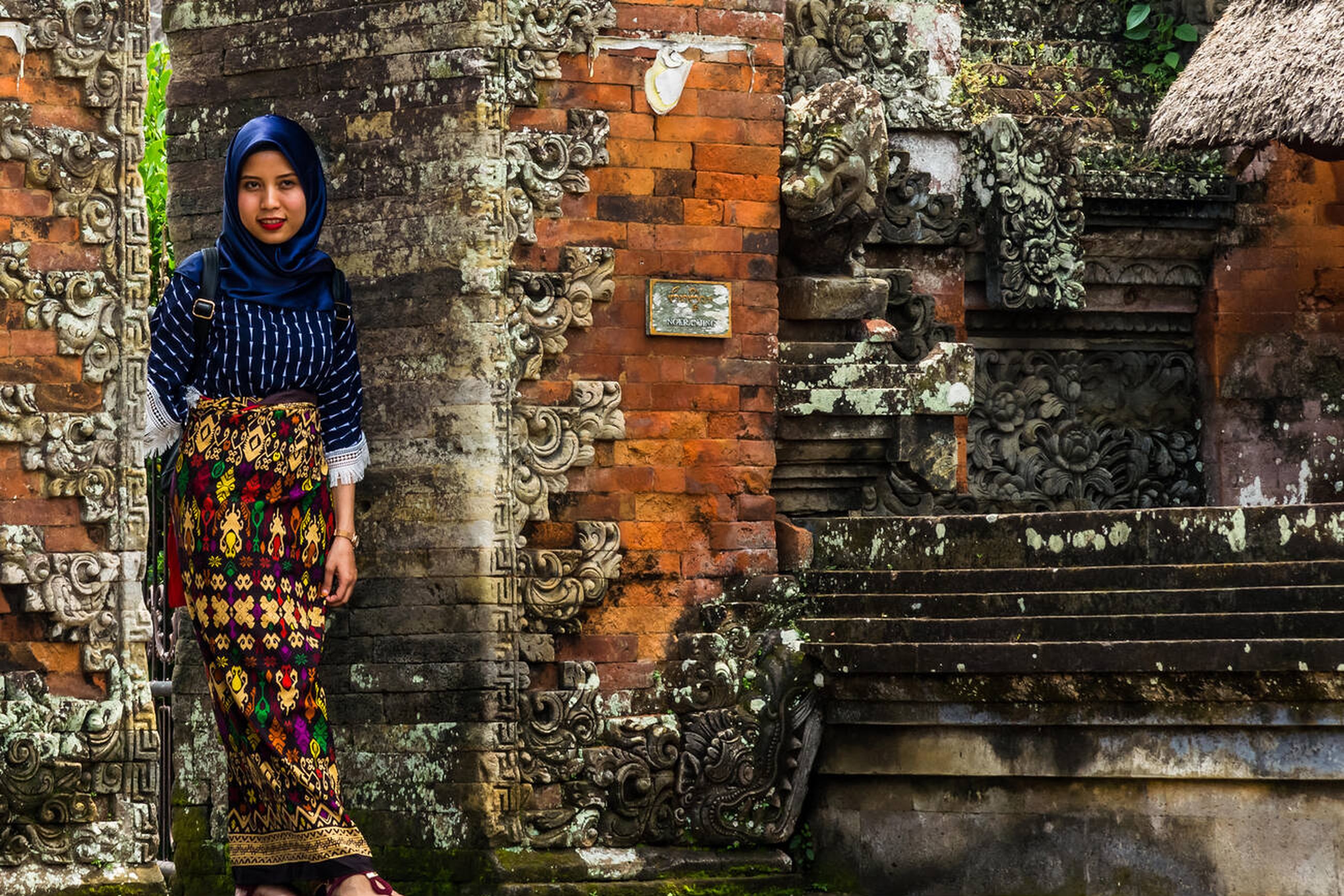
 Billy Bagus
Billy Bagus
 Feb 18, 2025
Feb 18, 2025






